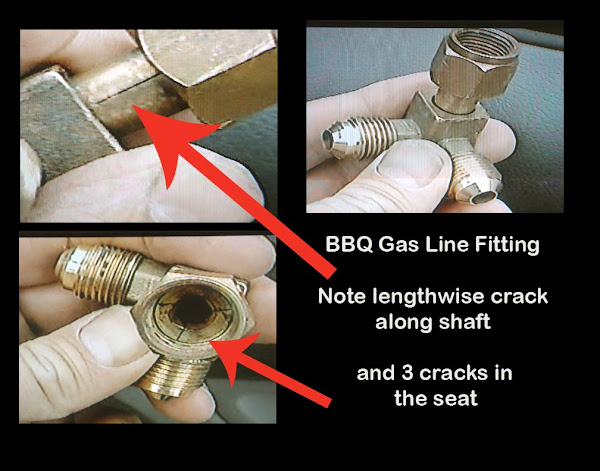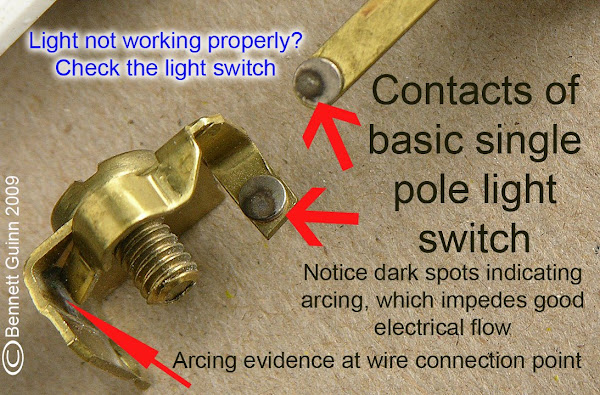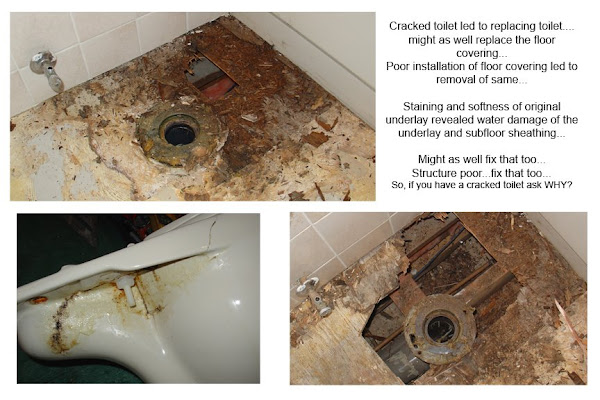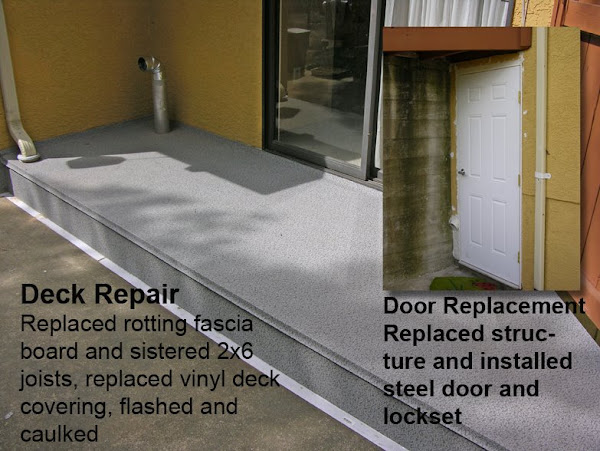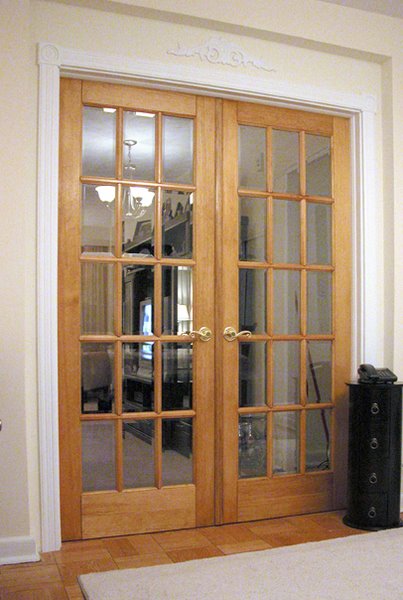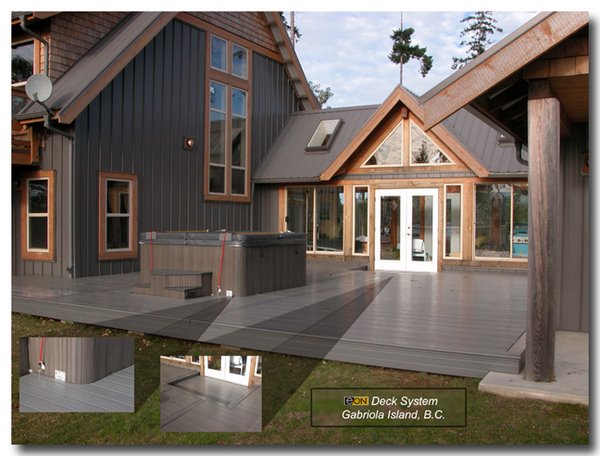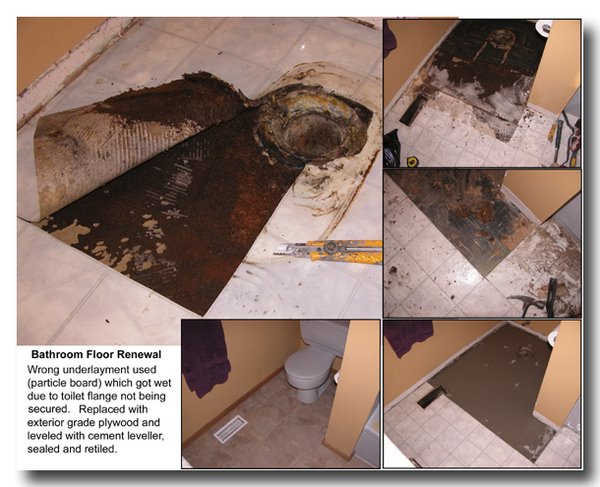Cracking in front of sink of granite counter using top mount drop in farm house sink
Brilliant solution.
Check out the short video
https://youtube.com/shorts/AGF4-k8R6FI?si=v8pSnp9Orek6W6qz
Offering a variety of expert repair and maintenance services including minor improvements for the homeowner and small business operator. Serving Victoria, B.C., since 2006.

Cracking in front of sink of granite counter using top mount drop in farm house sink
Brilliant solution.
Check out the short video
https://youtube.com/shorts/AGF4-k8R6FI?si=v8pSnp9Orek6W6qz
From GROK
Mill glaze refers to a smooth, shiny, or polished surface that can form on wood during the milling or planing process, particularly with softwoods like cedar or pine. It occurs when the cutting blades of milling equipment compress and burnish the wood fibers, creating a hard, glossy layer. This layer can make the wood less absorbent, potentially causing issues with paint, stain, or sealant adhesion, as the glaze may prevent proper penetration or bonding.
If you’re dealing with a specific project involving mill glaze, let me know, and I can provide more tailored advice or search for additional insights!
https://youtu.be/e0-umXkF4vE?si=CpQ9TUGJNVG2ZxPw
Dampness and poor surface preparation have caused these 30 year old tile to pop.
Drywall compound was a major contributor to the bond breaking.
Very interesting framing system used in this Texas project
THE BUILD SHOW
https://youtu.be/nNMkzxzrfj4?si=OfAnwQ3WUl5NyFAJ
Shower issue reveals major issues elsewhere.
https://youtu.be/2G2UeF52JZk?si=4zKlv4dByHRx5erd
Matt Risinger of the Build Show outlines some of the details using Hardiboard Siding and rainscreening.
https://youtu.be/8gHk_w1-Vig?si=XO3HclwUooI0HQpU
WOW! So many idiotic things were done in this renovation
MIKE HOLMES VIDEO
https://youtu.be/-Zk7GlNWTbc?si=J1QK-J5FjsUVYTAS
Make sure your home inspector at least has some common sense!
A background in construction, engineering is a good start
MBRICO offers porcelain tile decking systems that are fireproof and super strong and low maintenance. Check out this episode of the BUILD SHOW
https://youtu.be/fAaKHKw9KxY?si=jvR6635rvv8Bulie

